
Roll Up Roll Up… to see plans for The Prediction Machine, a new invention to track moments of climate change that will be revealed this Autumn using weather data collected from a weather station in Loughborough, in the middle of this island…
20 years into the future they say that the climate will change even more. As we have seen this winter storm after storm has come in from the Atlantic. The seas temperature are rising, the Artic is melting and the jet stream that carries our weather across the northern hemisphere is changing the way it flows. In 20 years our climate may change beyond recognition.
When these changes come we will no longer able to recognize the seasons, our folklore and sayings about the weather may no longer make sense and we will need to find new ways to prepare for the oncoming storms.
20 years into the future these violent storms could be followed by scorching heat. After days of scorching heat a new storm could hit, flooding away another stretch of trees on the hill, rain falling in larger and larger drops, enough to take you out. We will need to find ways to protect the crops below the hill, our roads will turn into a raging river and we will easily be cut off from the rest of the world…
I would like to present to you my plans to build a machine, that will help us predict these extremes of weather that are coming our way, to help us to find out how to grow the right food in the right place, to protect our crops, our animals and our houses.
I will be combining knowledge of the climate gleaned from the scientists and local people to build a… prediction machine.
The machine reads the temperature, humidity and wind speed for the day, and matches these with projections for 20 years into the future, I will be collecting local observed phenomena, folk lore and sayings about the weather to help build the machine.
The machine will print out a little prediction. Some of the predictions will be superstitions we have been told or had remembered, to remind us, so we don’t forget as the weather changes rapidly and without sense, some tips that we had heard in the past about growing food, some optimistic sayings and thoughts to keep us positive through the thunder and the heat.
I am building the machine to help us to make sense of what is happening, to give us a sense that there is some sense, help us to accept, help us to prepare, make decisions and choices, to remind us we are humans, who have got where we have got, despite the consequences, through making sense of the world.
The machine will help predict what is happening in other places and we can send these out, to our friends and family, just in case we get cut off, in the hope that we may somehow be protecting them from afar.
In the future, I imagine we will have a prediction machine in the centre of every town, street or like a barometer on our flood protected walls. To send us warnings, remind us of a climate long gone, track the changes in the weather and try and make sense our new climate.
Sign up to take part and help me build the machine, write the predictions and see if we can capture moments of climate machine over the next six months.
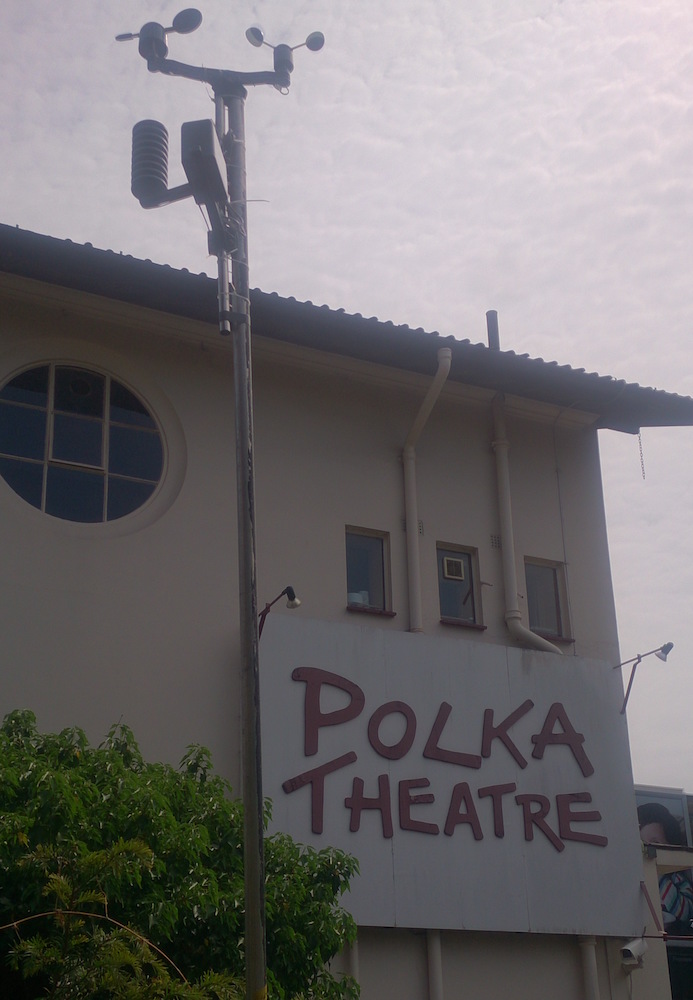
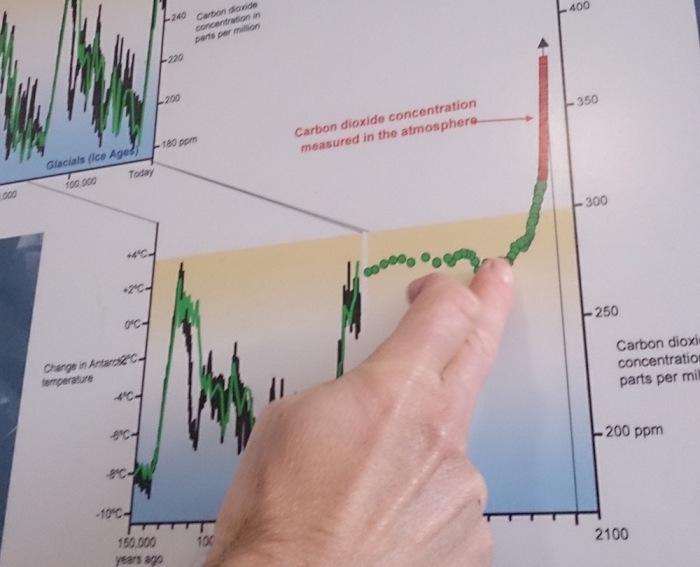
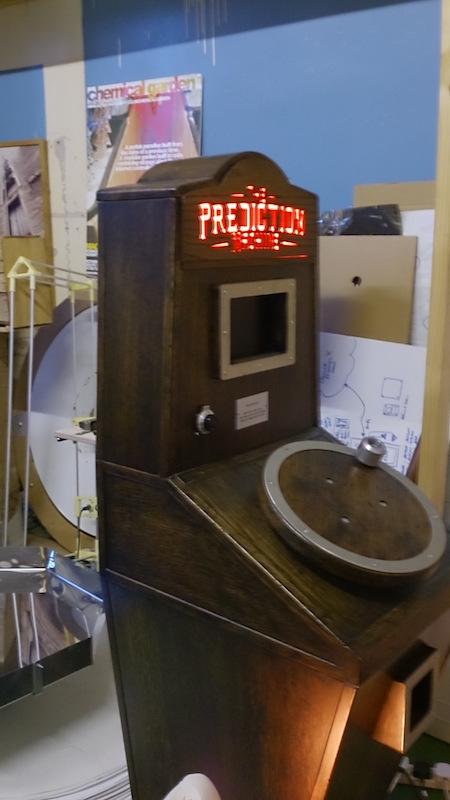
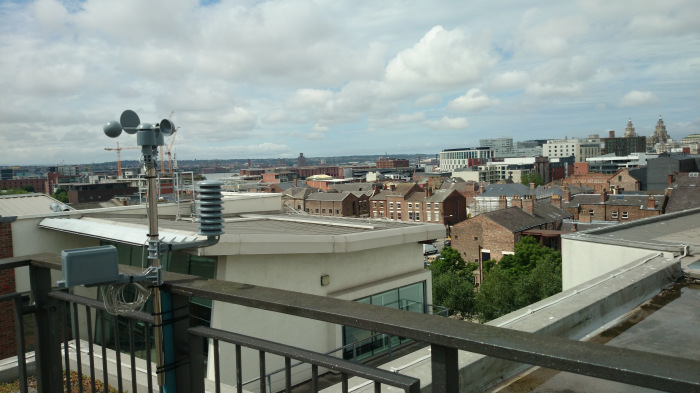
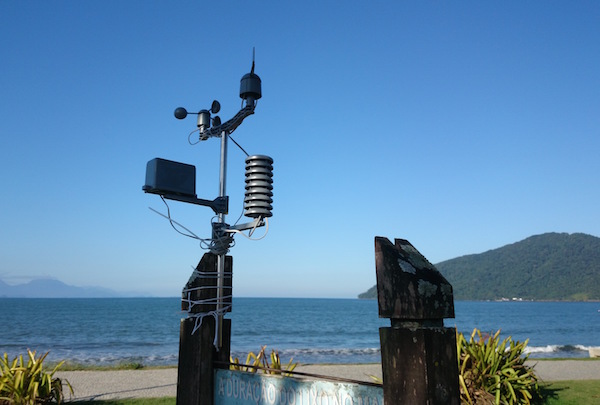
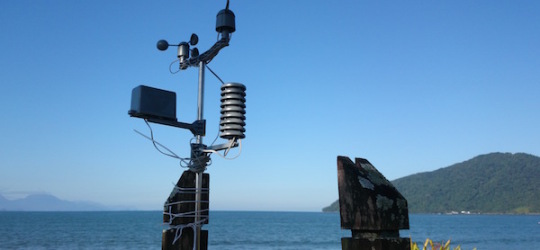
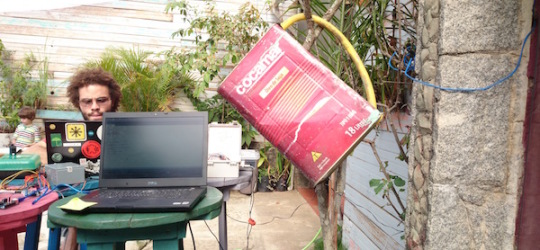
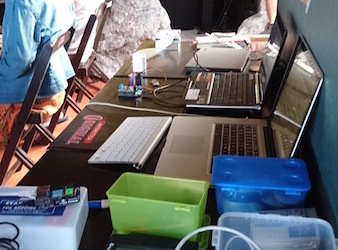
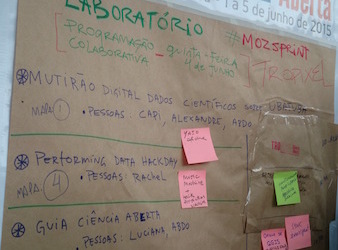
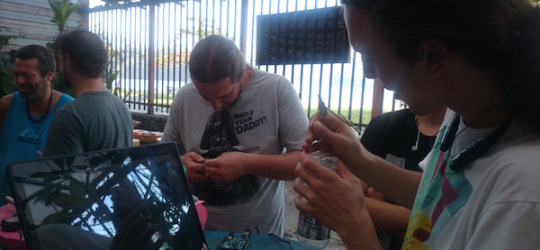
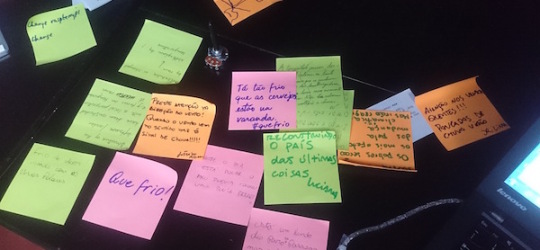
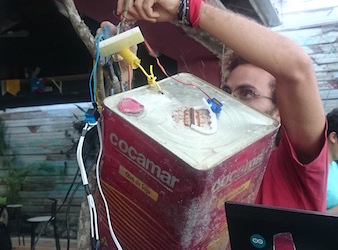
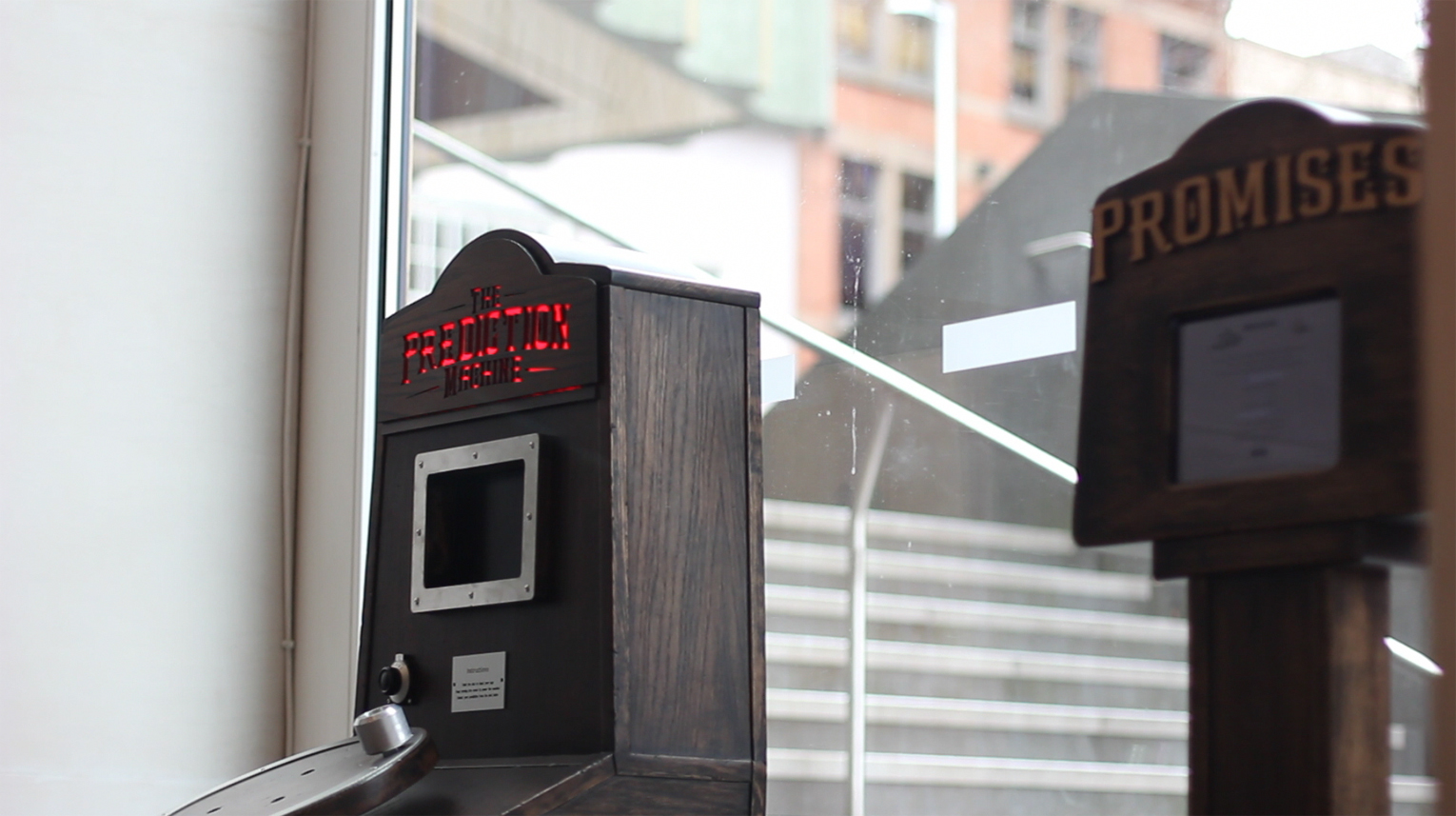

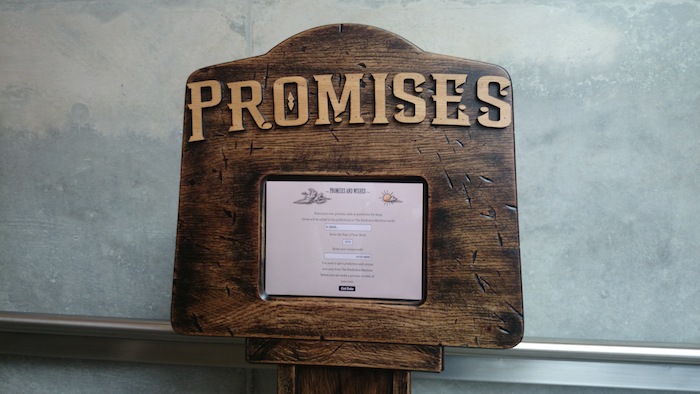
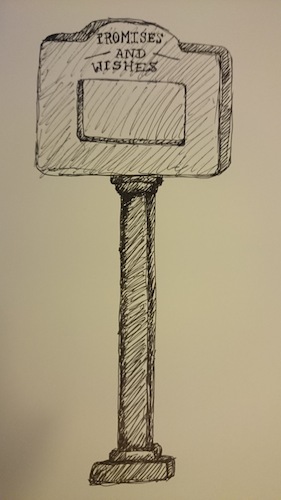
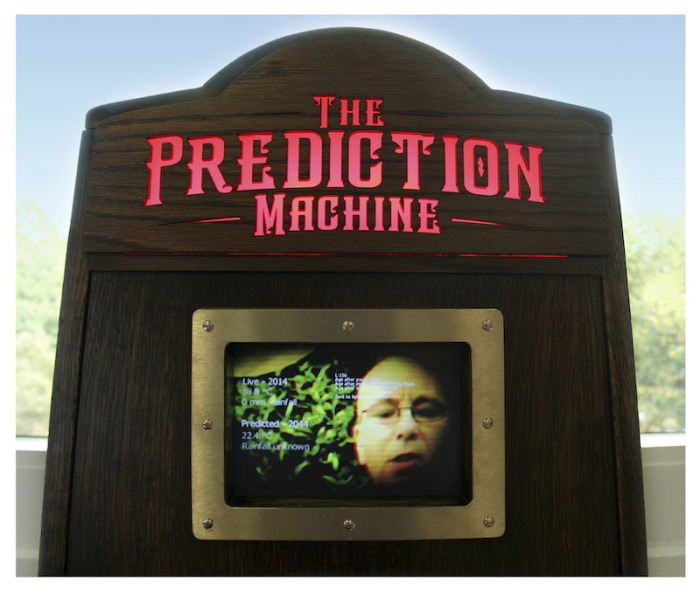
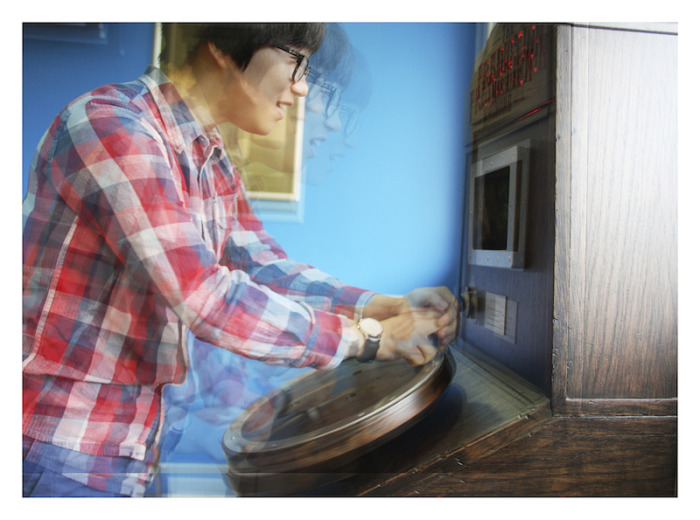
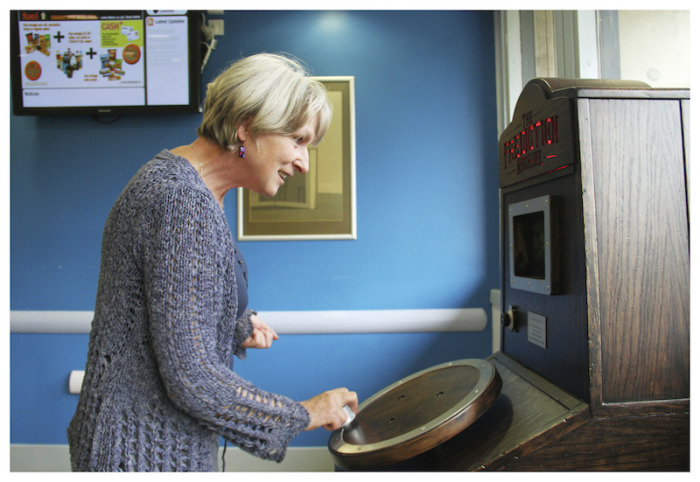
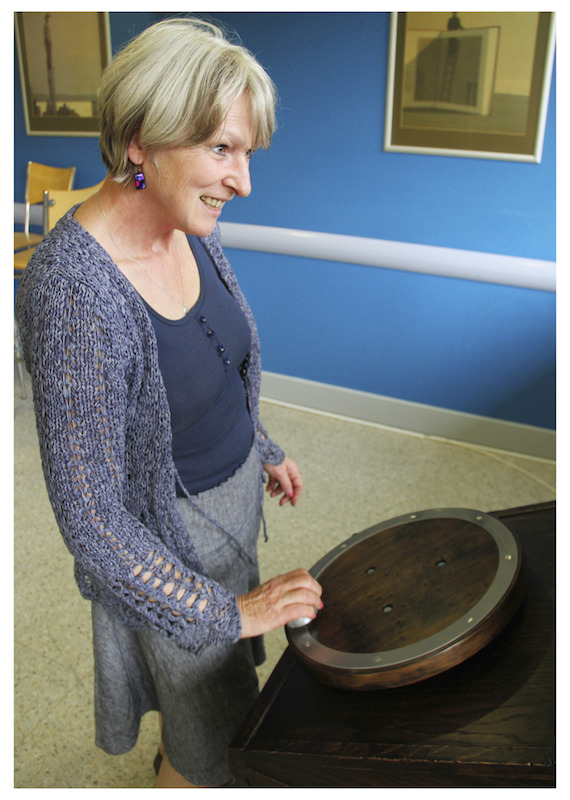
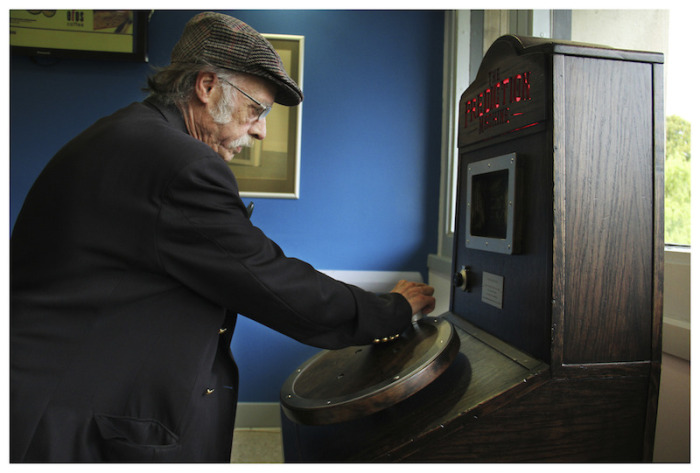
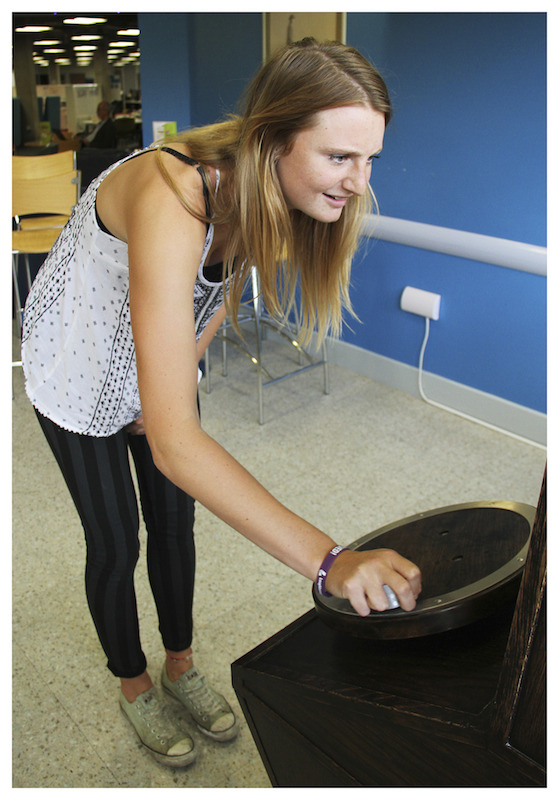
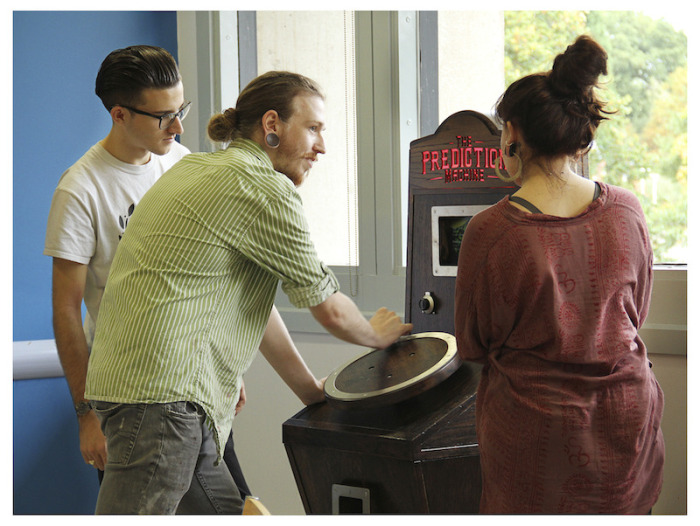
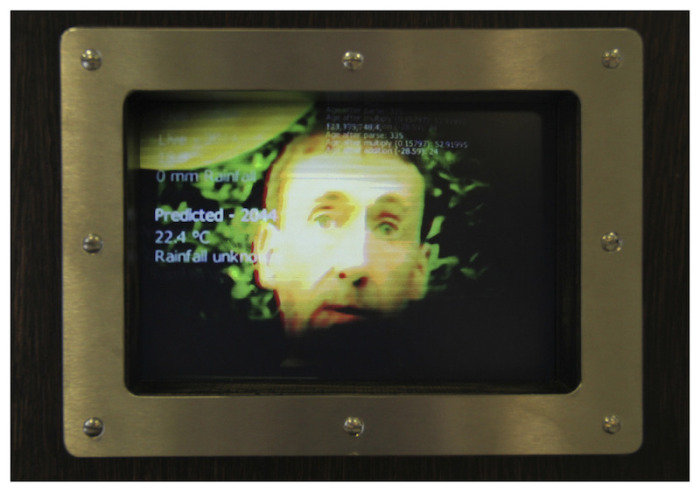
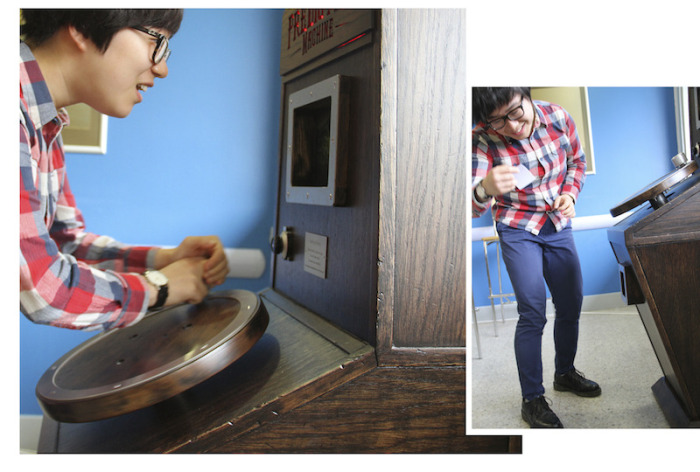
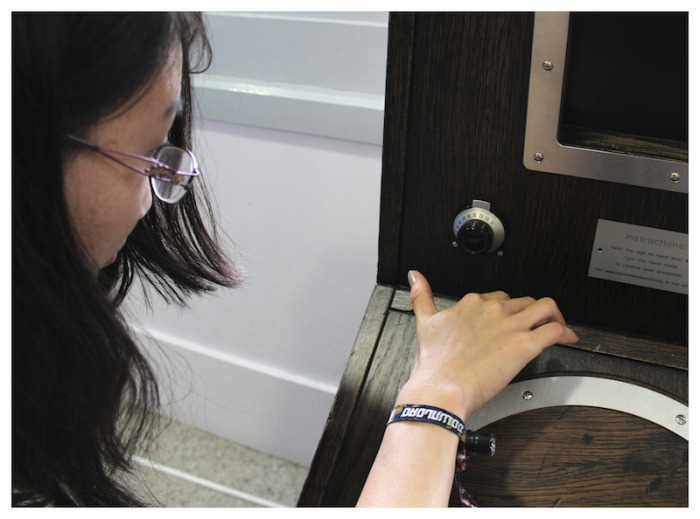
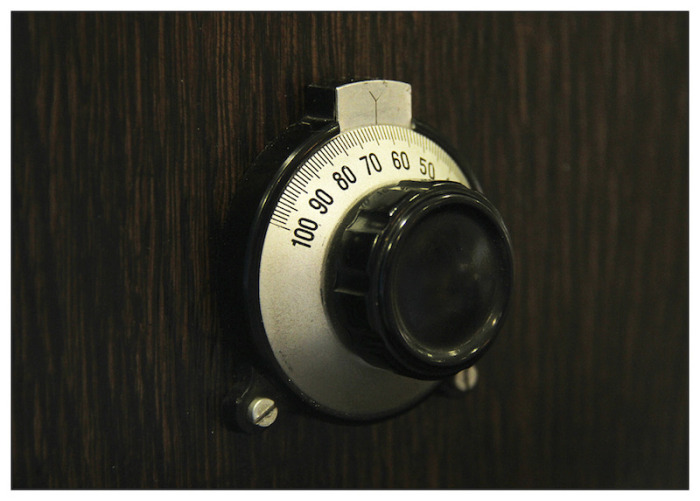
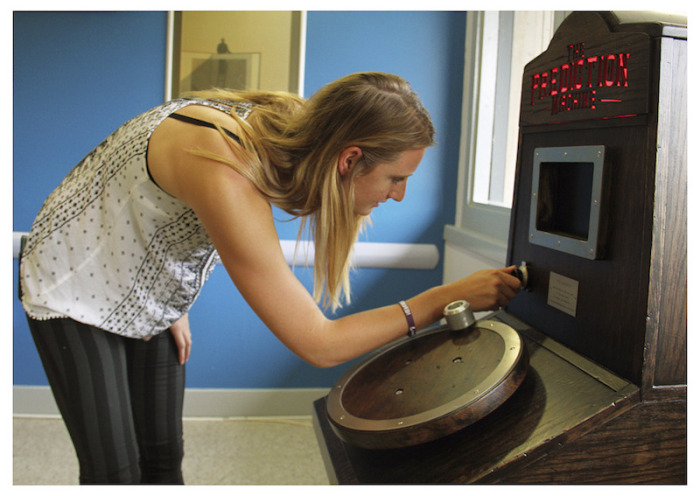
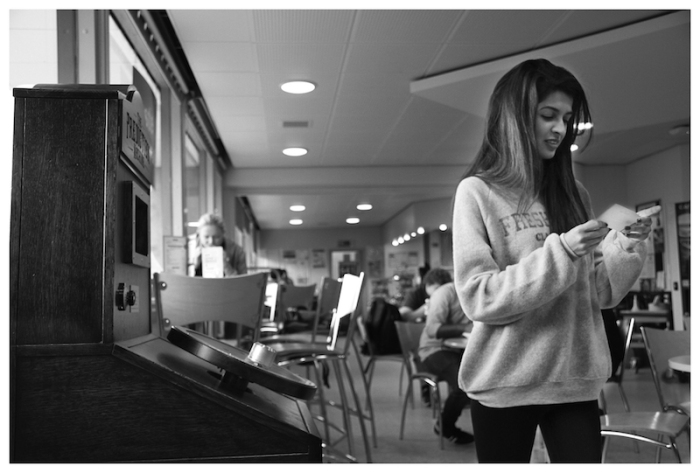
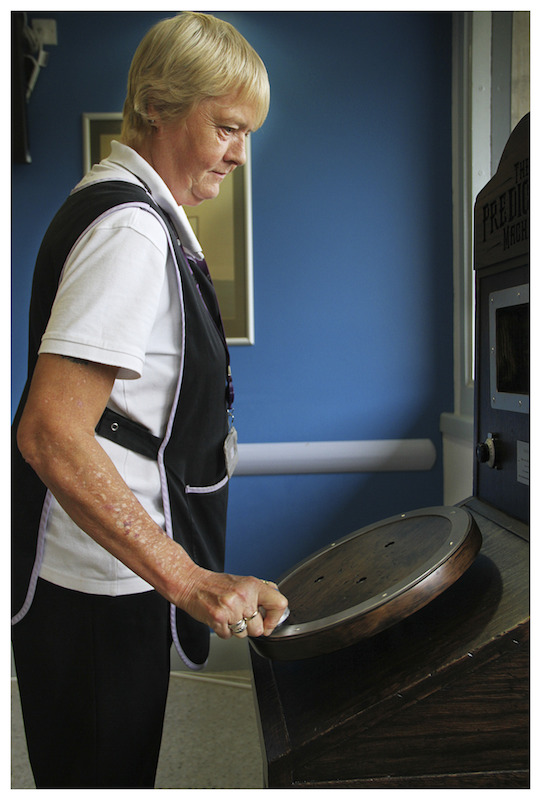
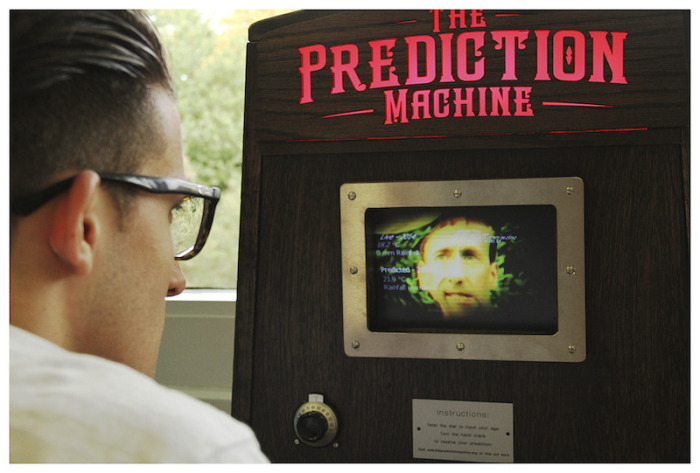
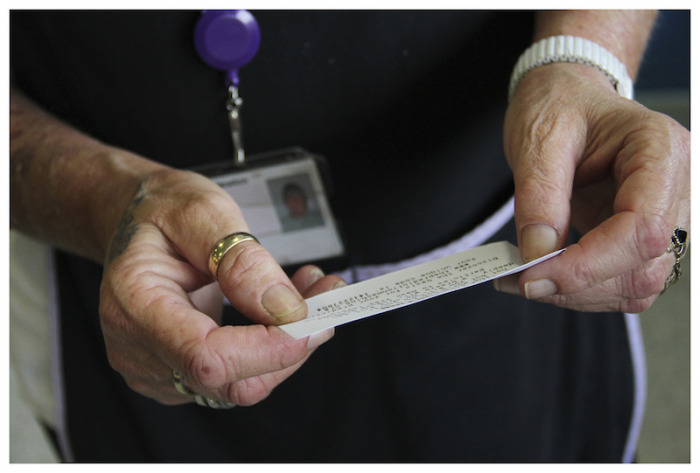
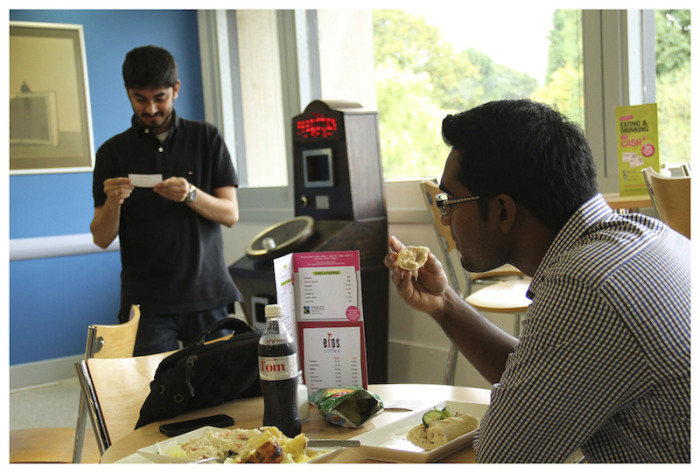
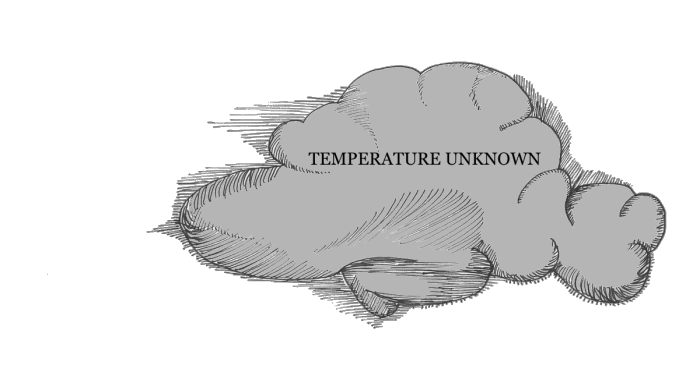
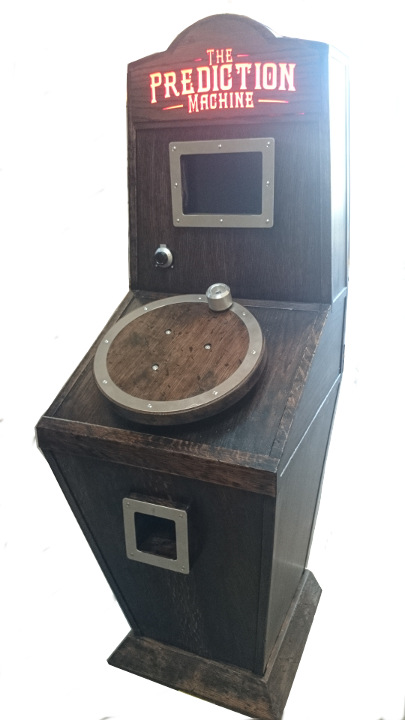
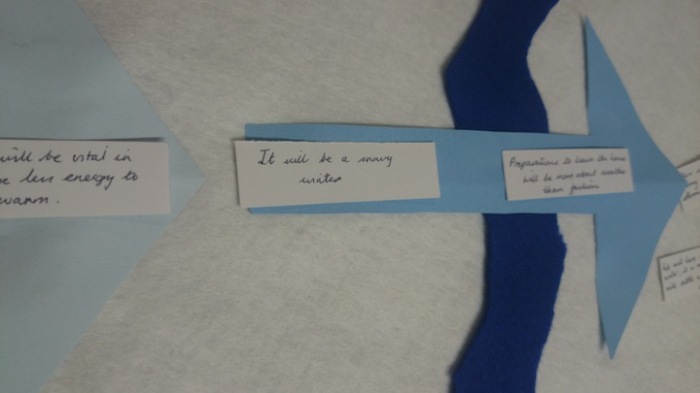
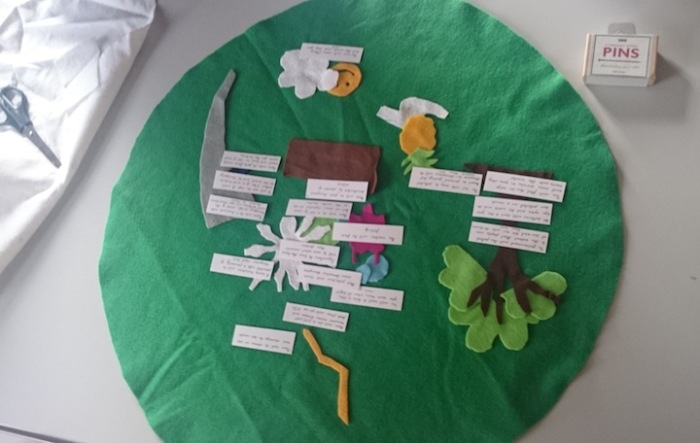
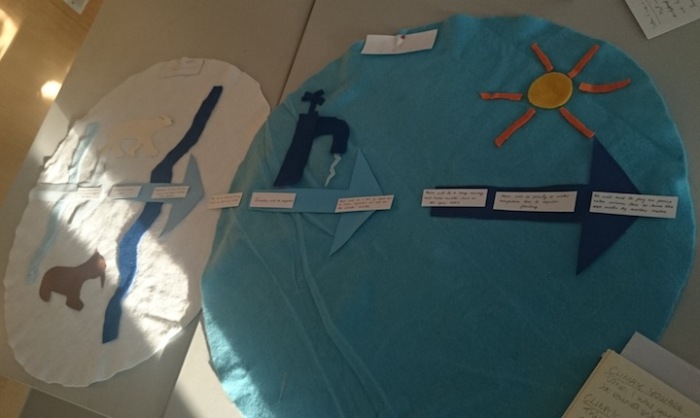
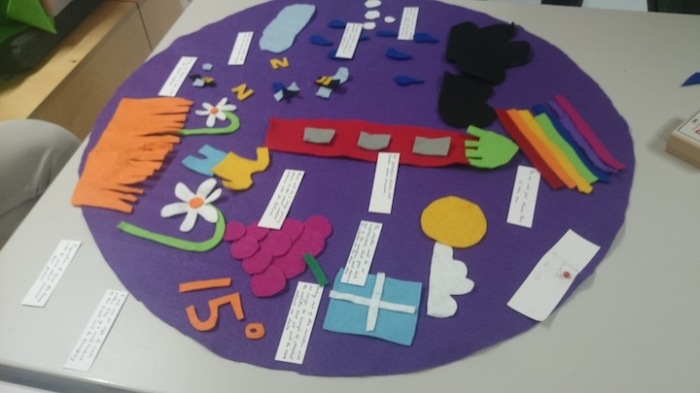
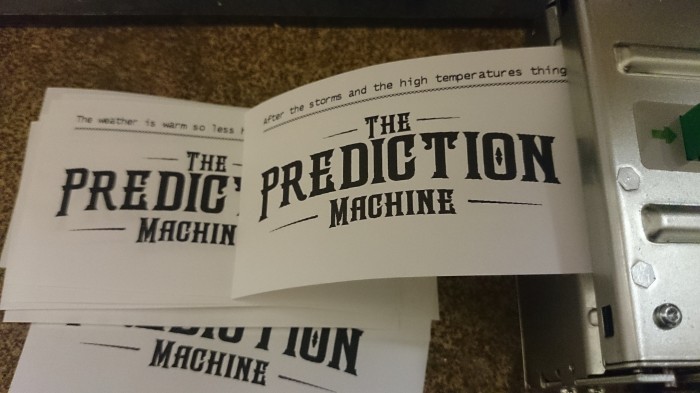
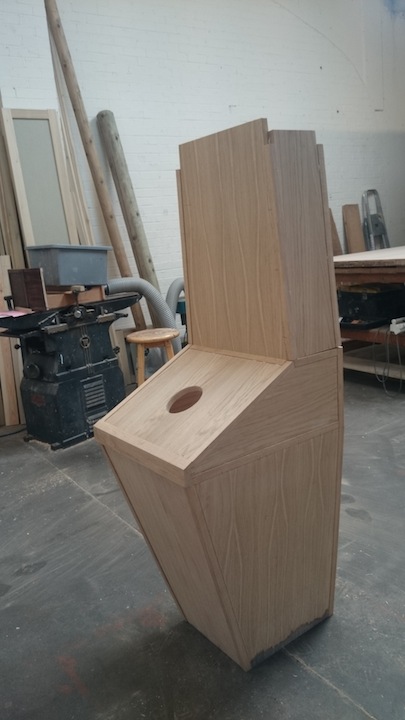
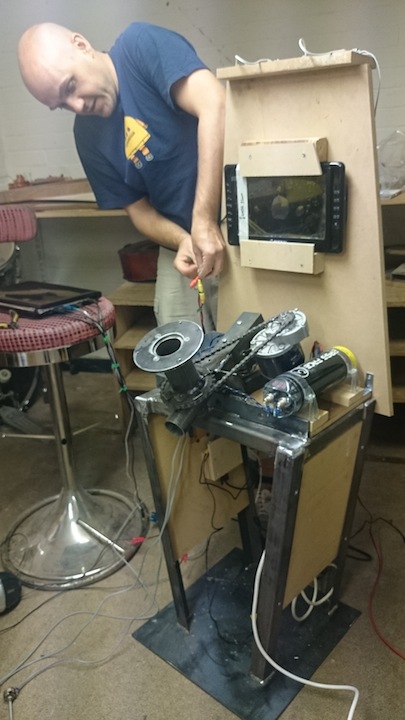
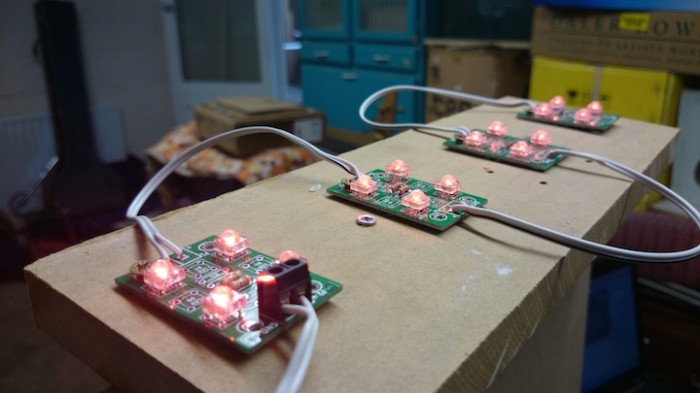
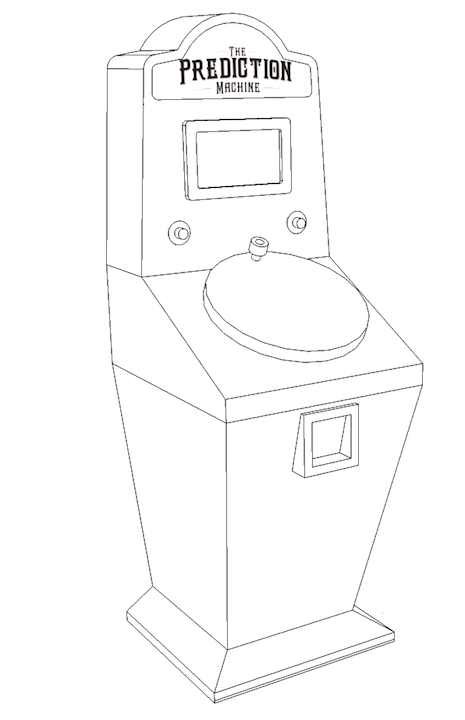

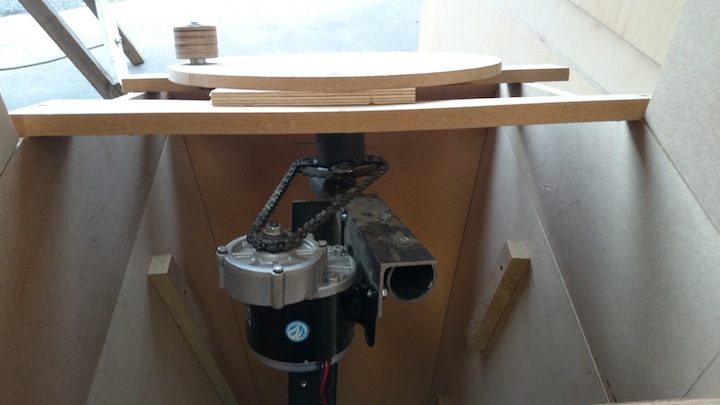

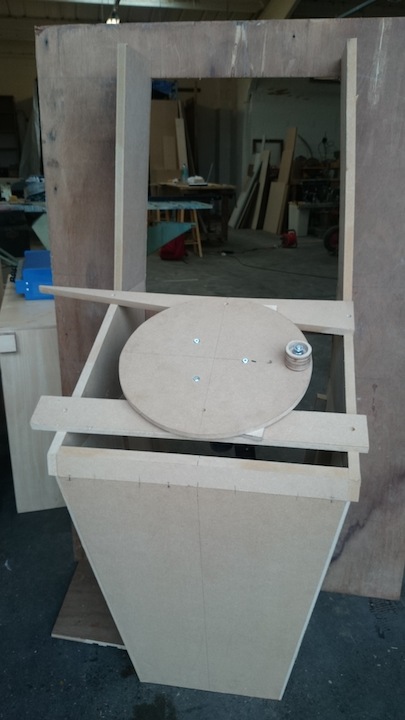
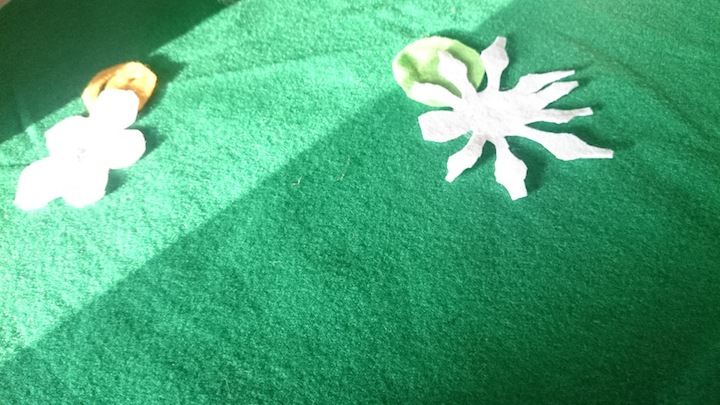
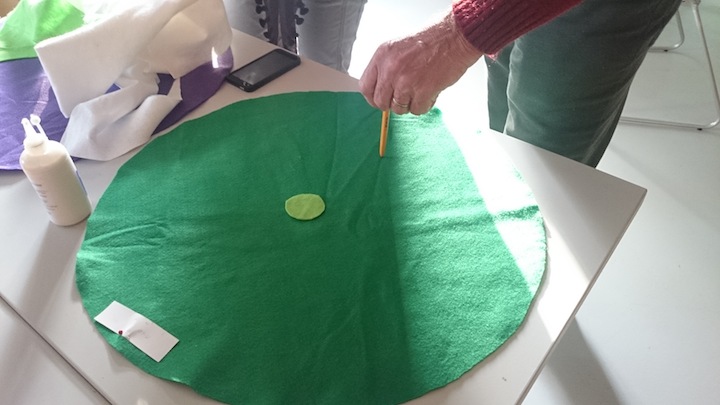
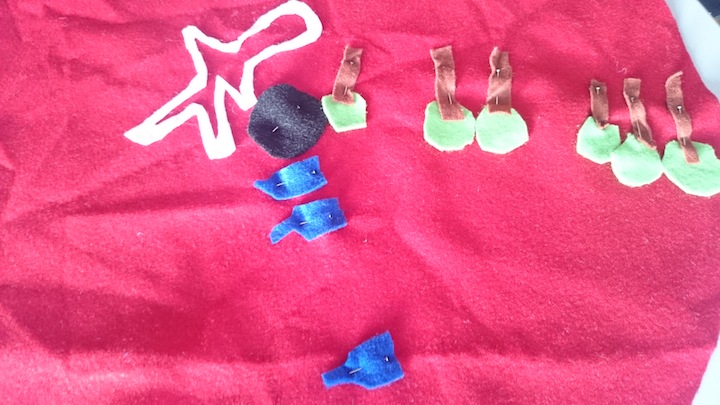
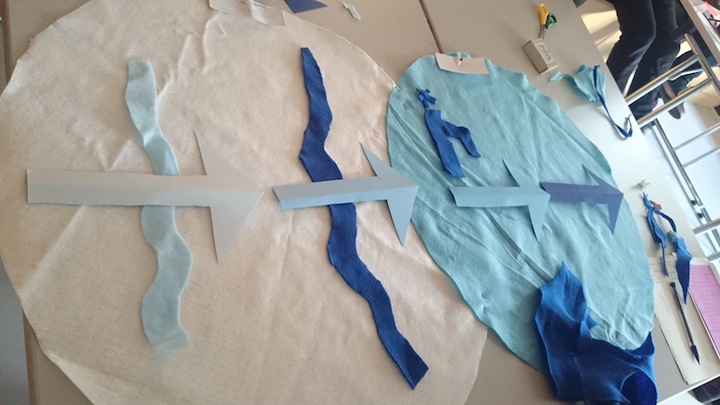
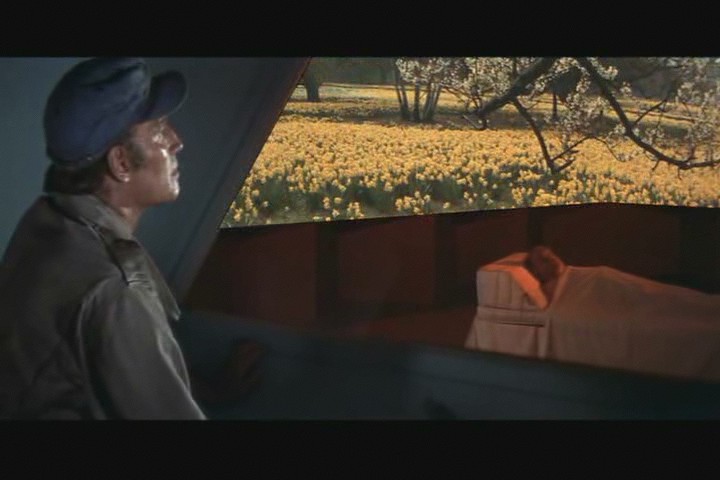



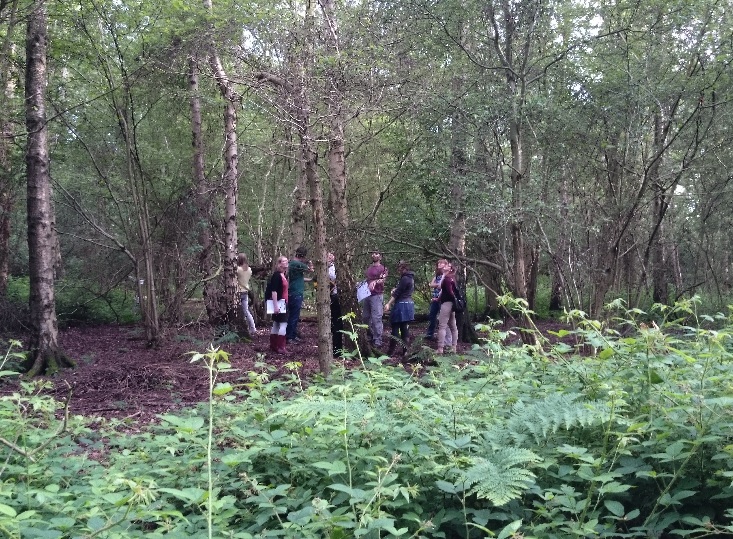
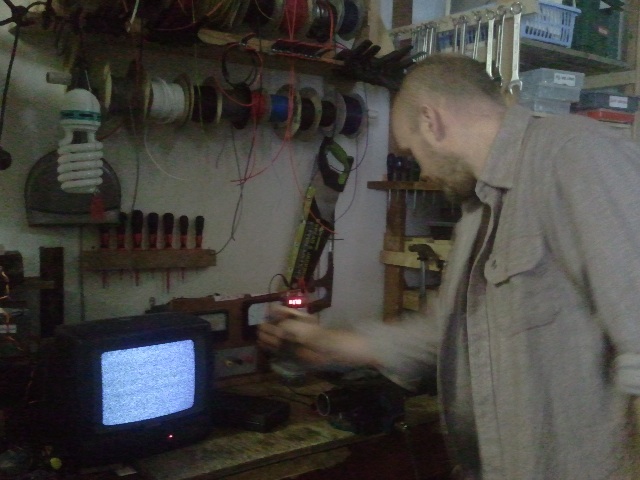
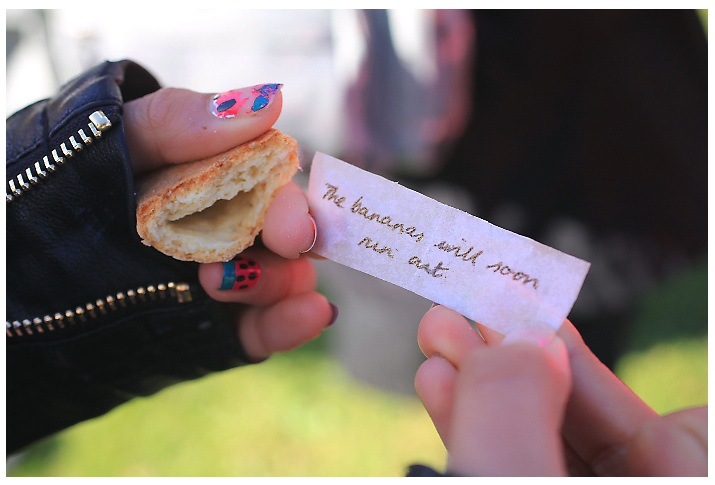
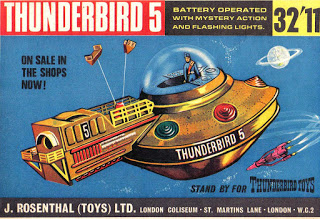
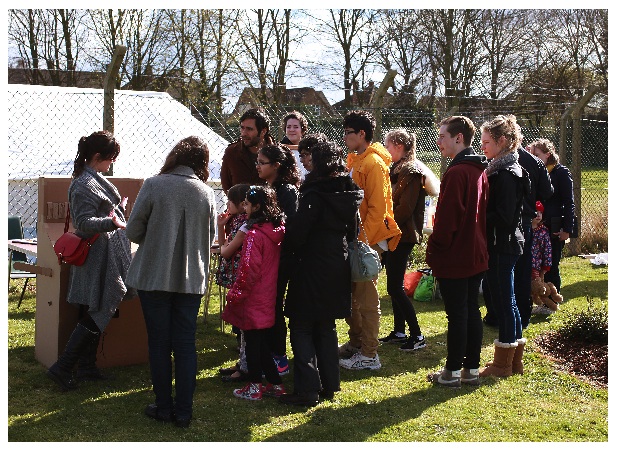
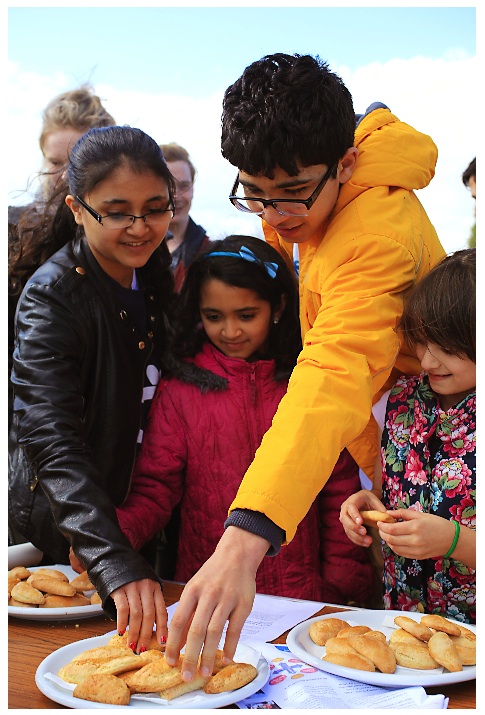

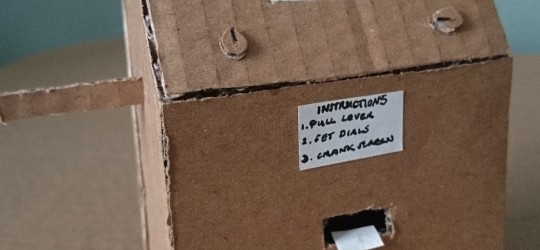
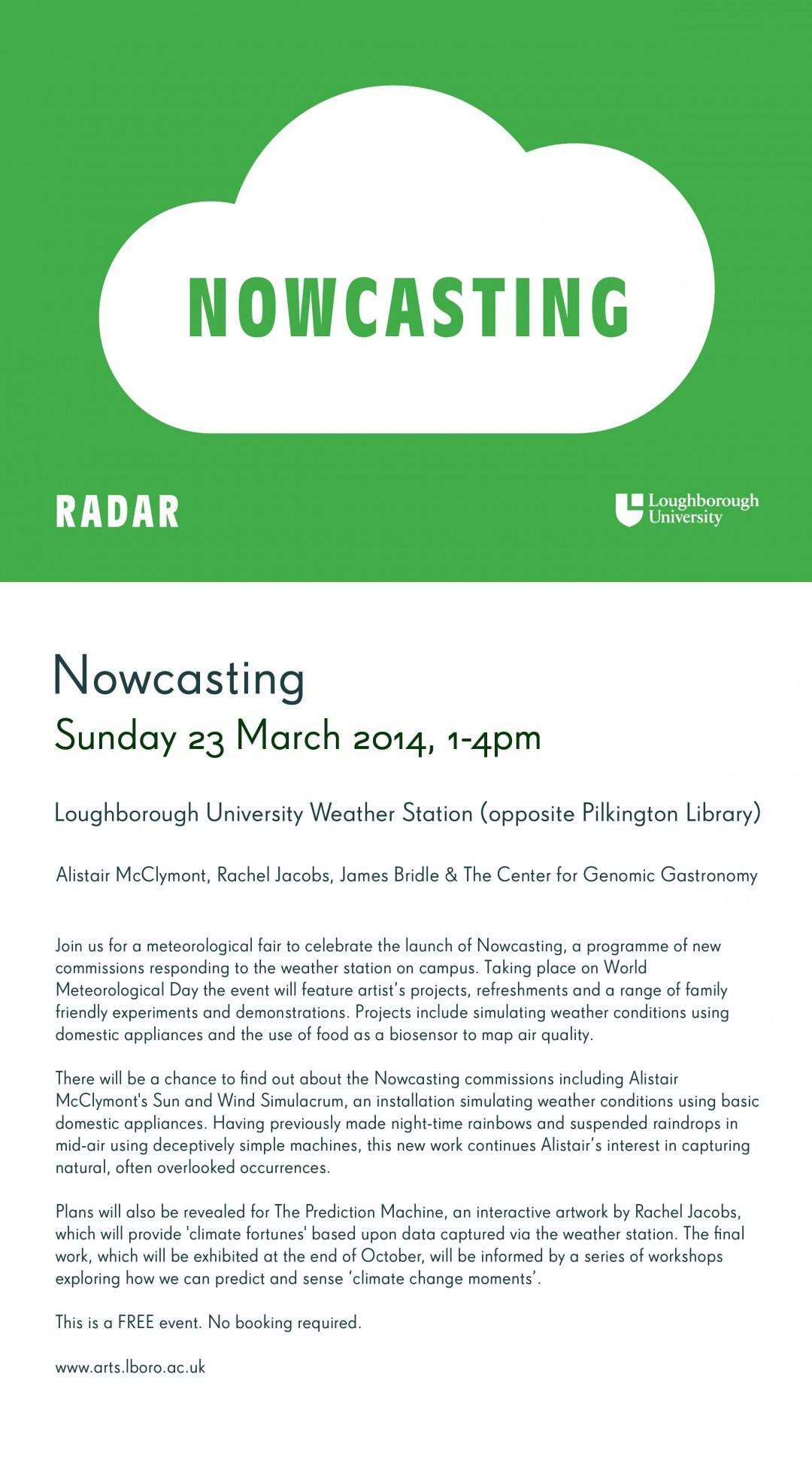
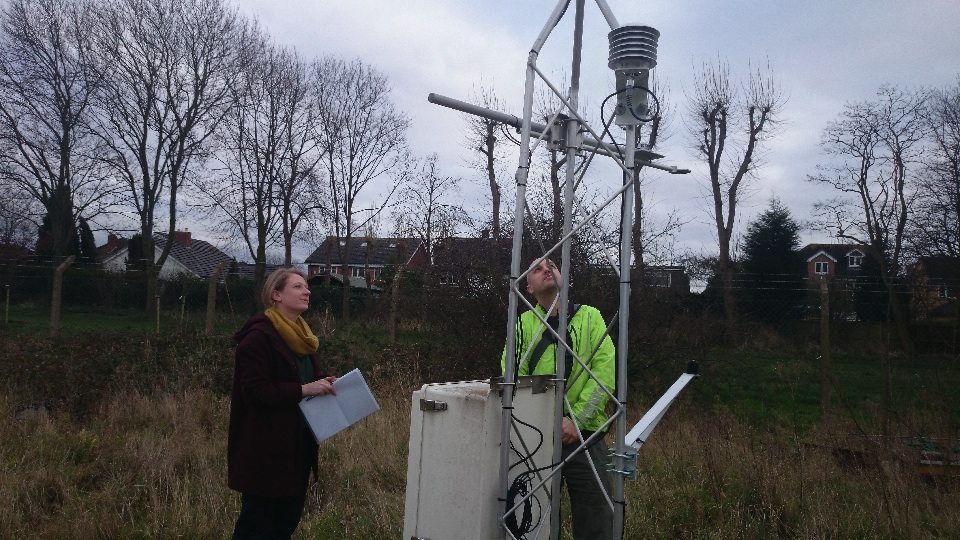
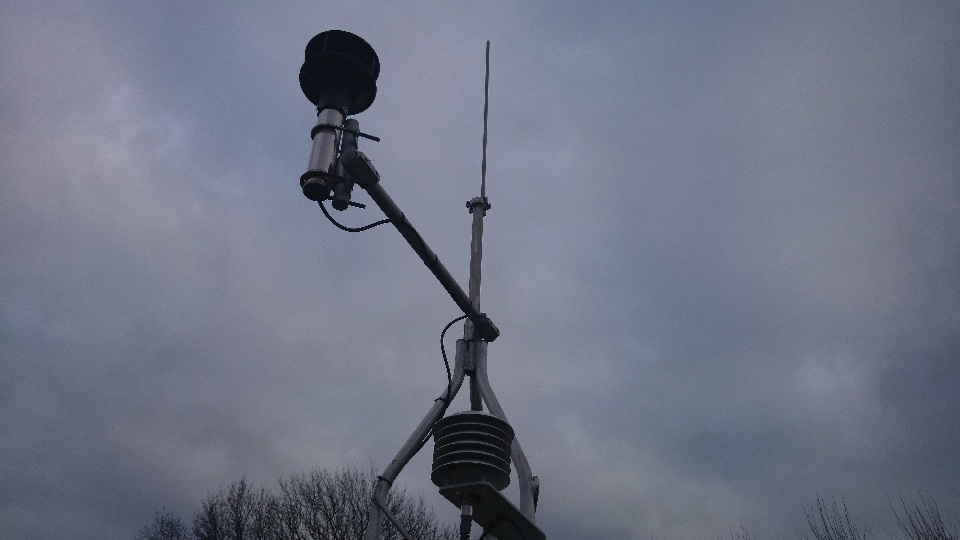

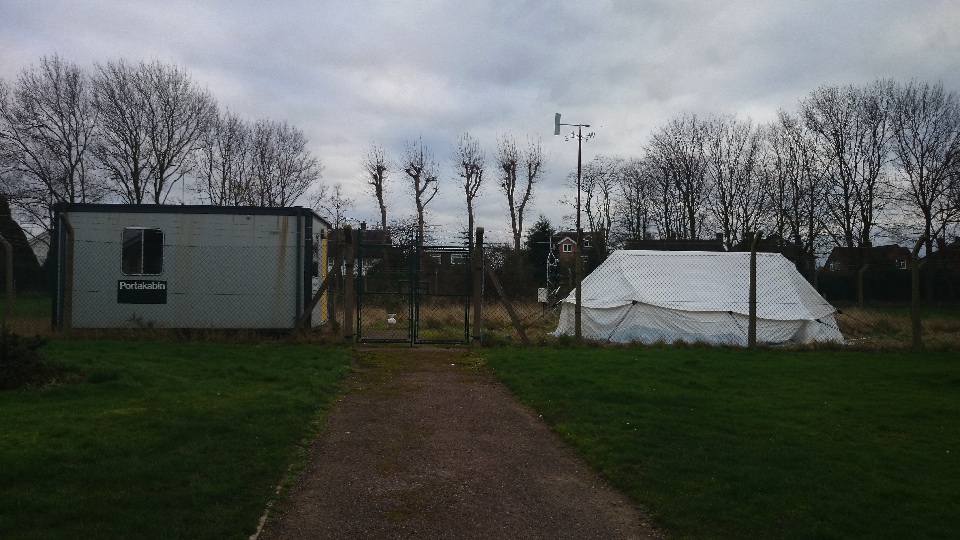
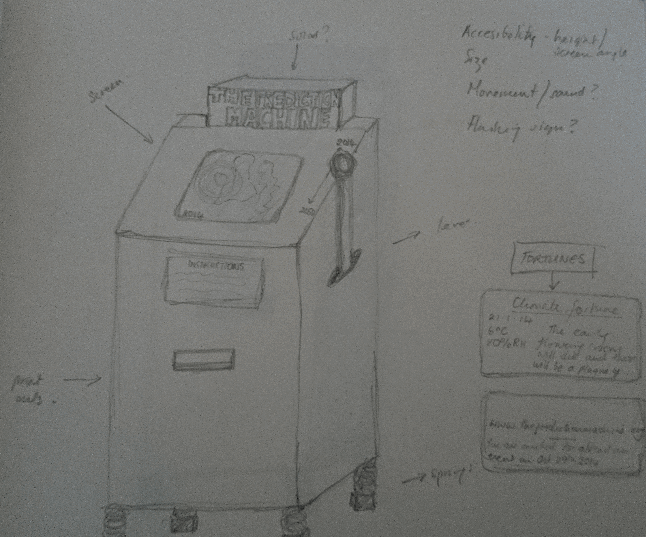
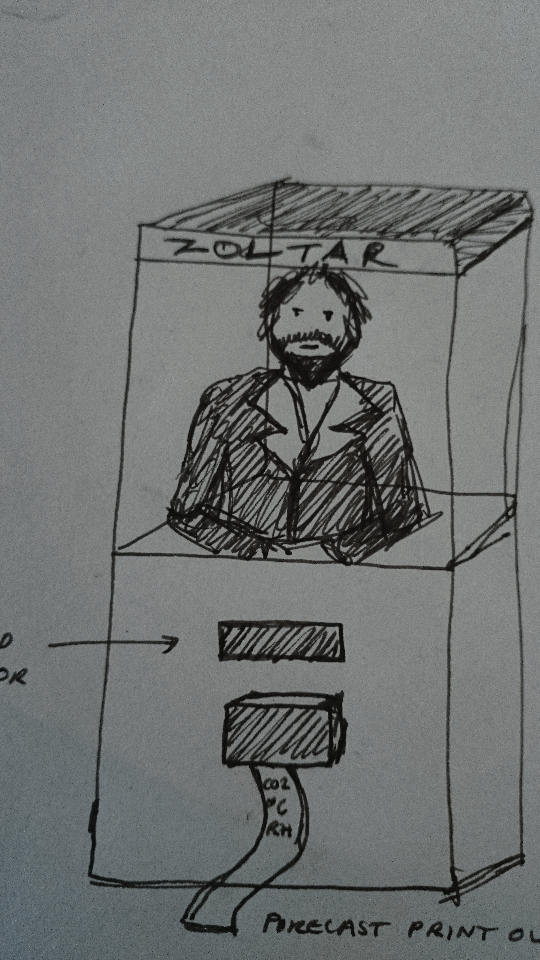
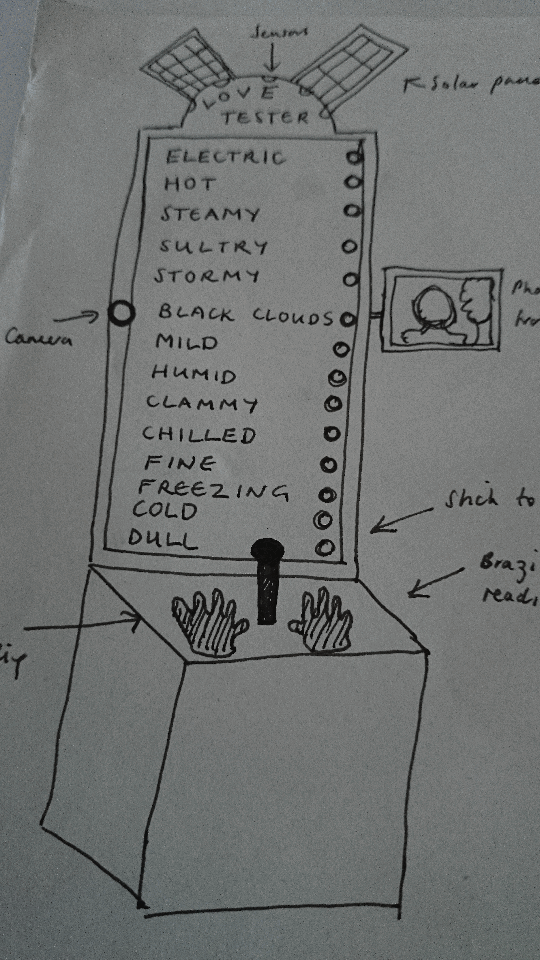
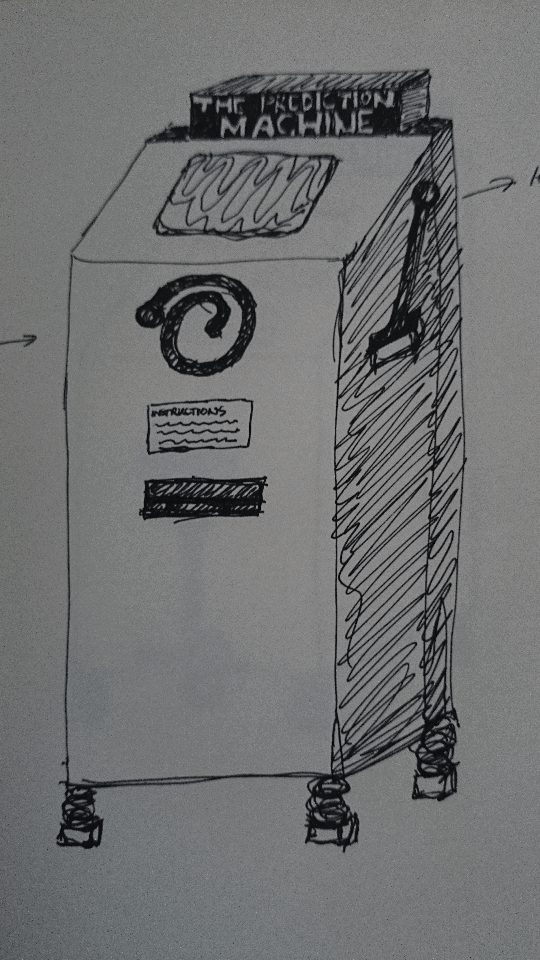
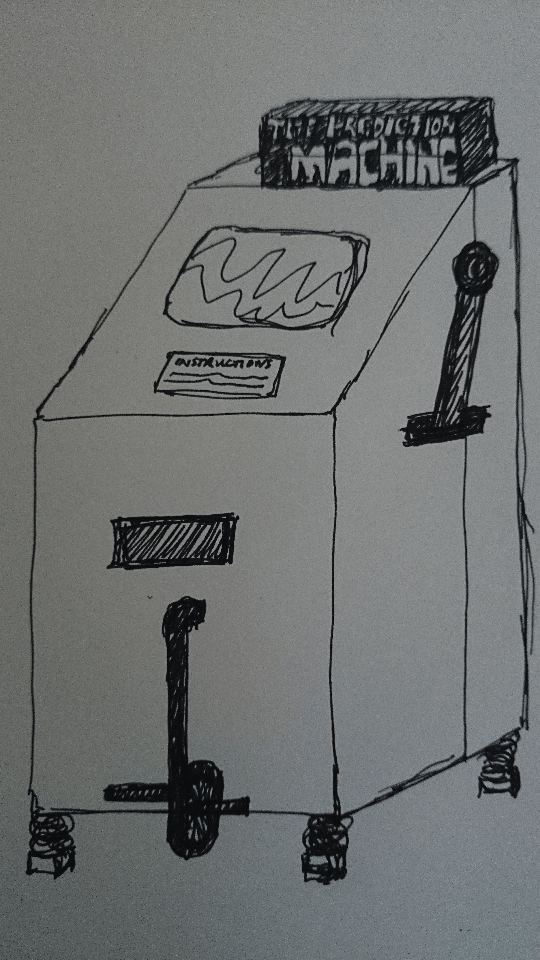


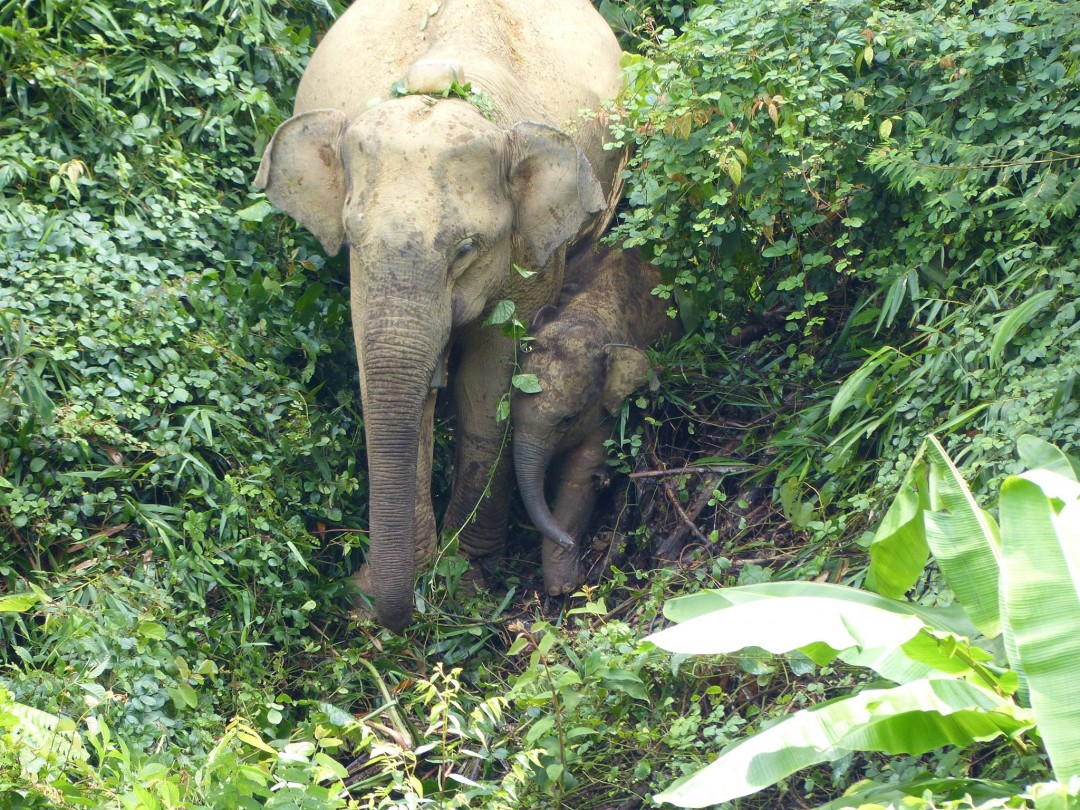
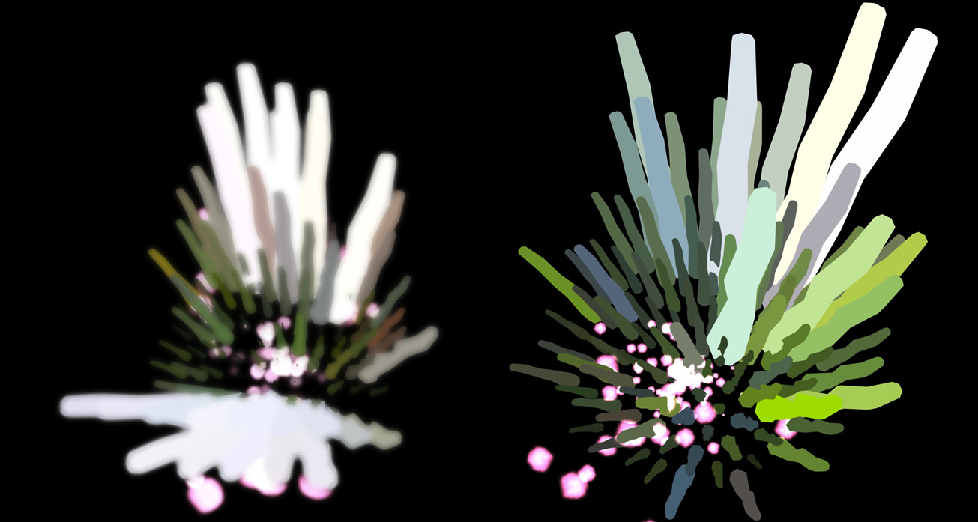
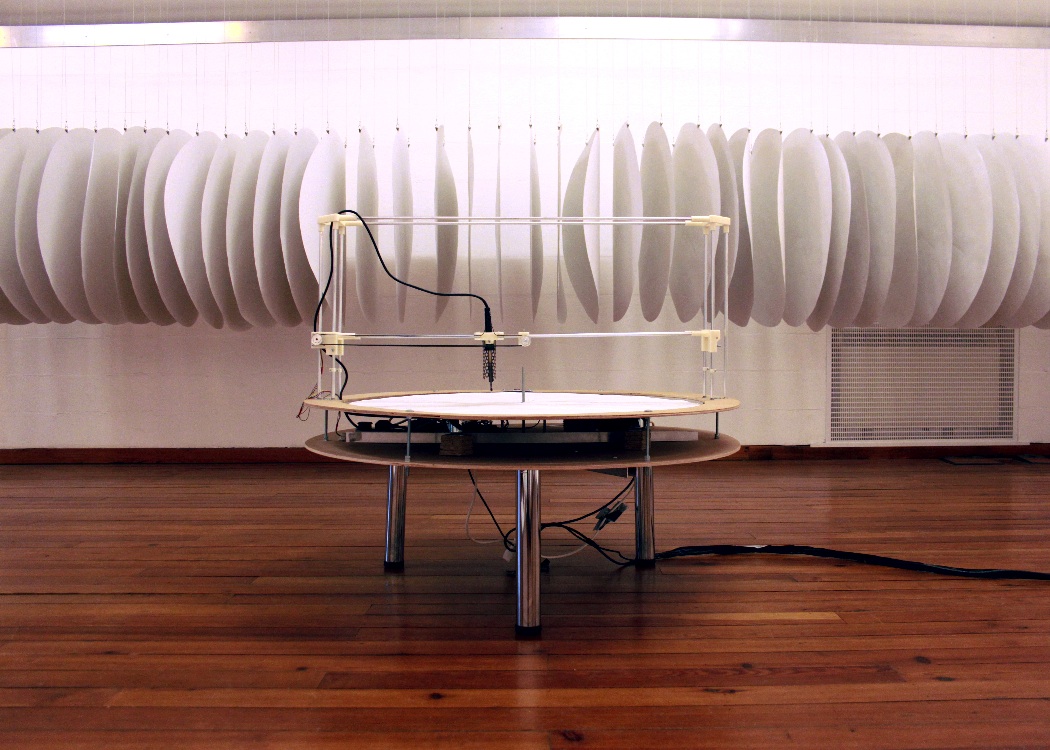
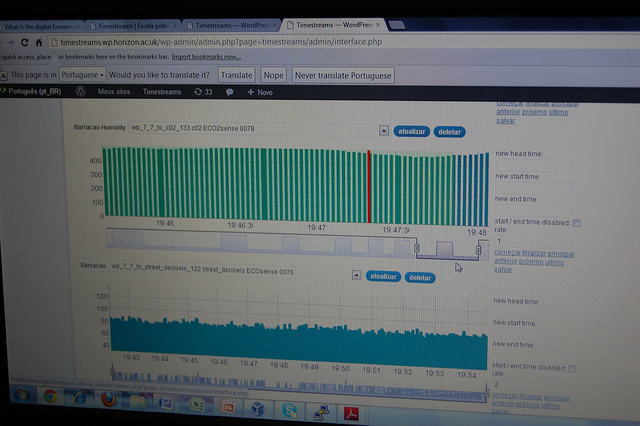
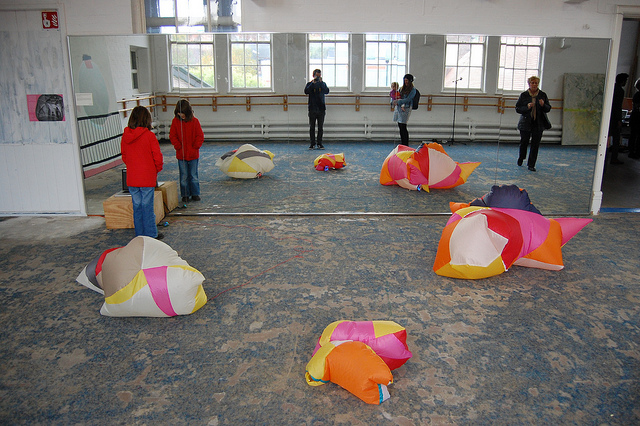
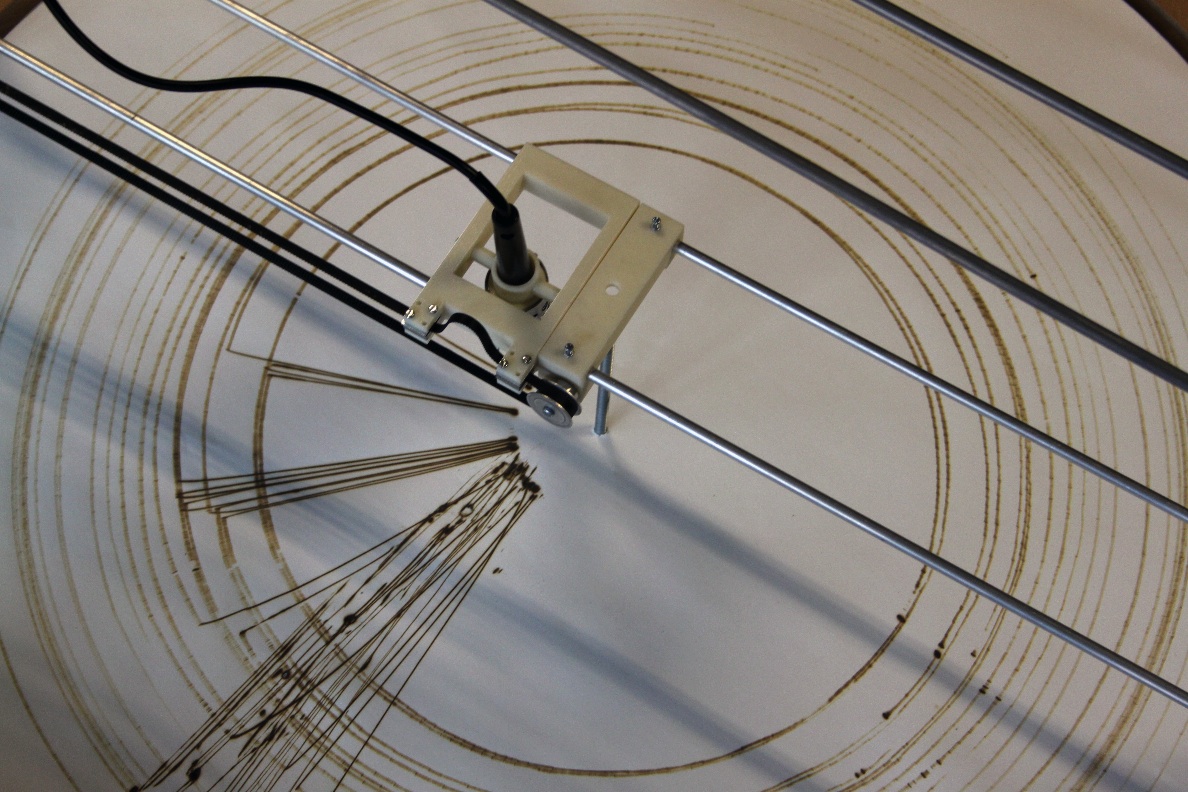

 hello. I am starting a blog to record how I have become an artist/scientist, the research I will be doing this year and to talk about The Prediction Machine – my new artwork.
hello. I am starting a blog to record how I have become an artist/scientist, the research I will be doing this year and to talk about The Prediction Machine – my new artwork.